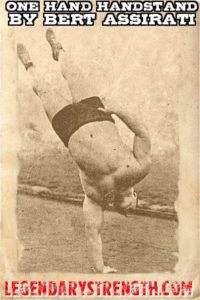I know you feel it.
The blood flowing through your veins, calling, begging your body to return to the glory that was intended for it at birth. You can look at yourself and see the beauty of your own design: hands made not only for intricate processes like tool use and development, but for incredible pinching and crushing strength. Shoulders that can stabilize as well as they mobilize, attached to scapulae with 17 different tendons connected to transfer muscle power very efficiently. Your body was made for the beauty of brachiation, and it’s only fair that you reclaim your birthright.
What Is Brachiation?
Even without knowing much about the character, if I say “Tarzan”, you likely think of a wild man pounding his chest and swinging from vines. Well brachiating is just that: having the ability to swing on vines, branches, and whatever our hands can manage.
Swinging may not be something you recognize as a birthright as you would, say, bipedal movement, but if you think about it, jungle gyms and playgrounds almost always have an element that allows kids to do what they naturally enjoy: swinging. (They aren’t called monkey bars for nothing)
Swinging is critical to overall shoulder health. Gymnasts and traceurs swing often in their training, and you never hear of them suffering from a frozen shoulder joint, yet that problem plagues numerous trainees in the fitness industry. We often try to substitute by doing supplementary exercises to ease into mobility, but there are so few exercises that can encompass the benefits of the whole body dynamic nature of swinging
This is simple enough: find a bar, rope, or some other hanging element that you’re comfortable grabbing, and simply practice swinging back and forth, 20 swings forward and back. Doing this simple thing daily will start to make an incredible change in your mobility and grip strength in as little as a month. As you progress, practice swinging with only one arm, then practice reducing fingers and so on.
Shoulder Dislocates
Okay, this isn’t as painful as it sounds. No, the key to reconnecting with your original movement pattern is not forcefully popping your shoulder out of its socket.
However, the kind of mobility and strength toward both hand balancing and bar workouts that you get from training controlled shoulder dislocates is phenomenal. I’d argue that any and everyone seeking true movement mastery should add this one exercises to their repertoire.
Cue the video instruction, courtesy of our friends at GMB.
This can also be done with a towel. If you have the mobility to bring the towel or broomstick all the way down to your lower back, do so, but don’t rush or force the process. Your body has been programmed by years of immobile practices, so truly recovering your full mobility will be a progressive but worthy process.
In other words: reclaim the primal, primate strength that you deserve, and swing, baby, swing.


















